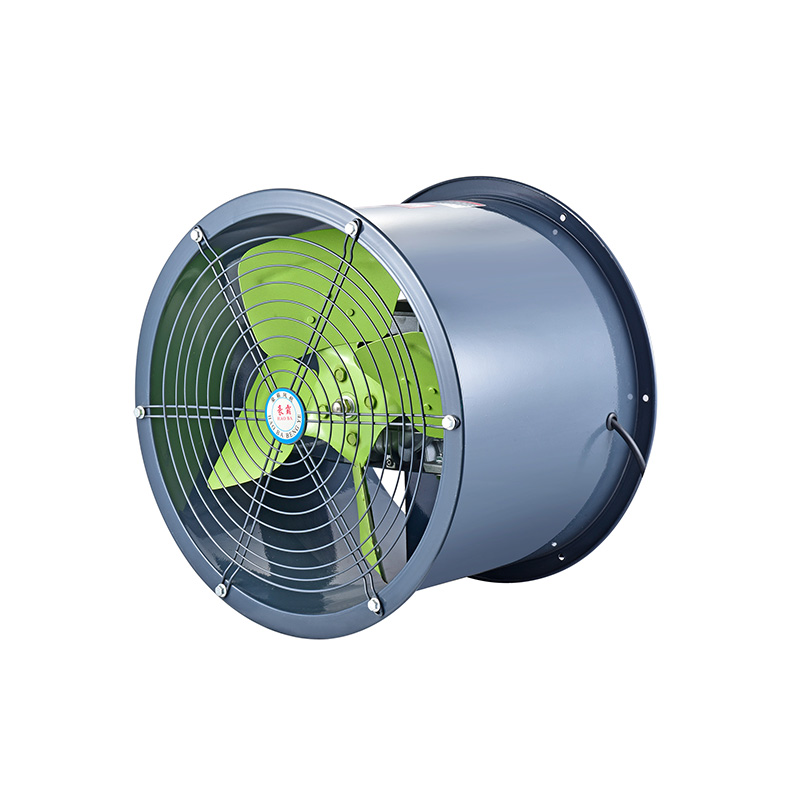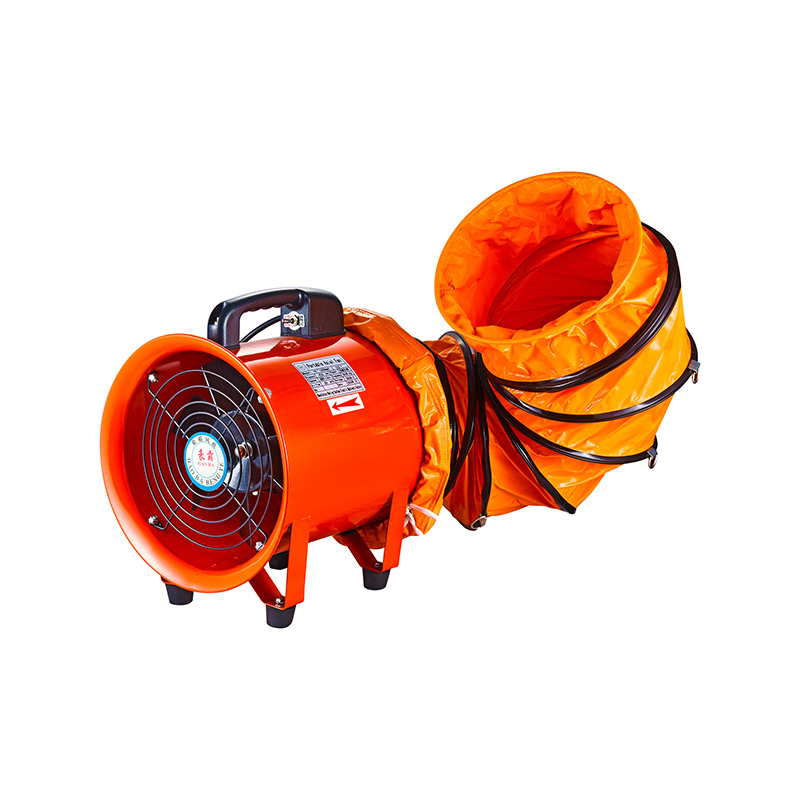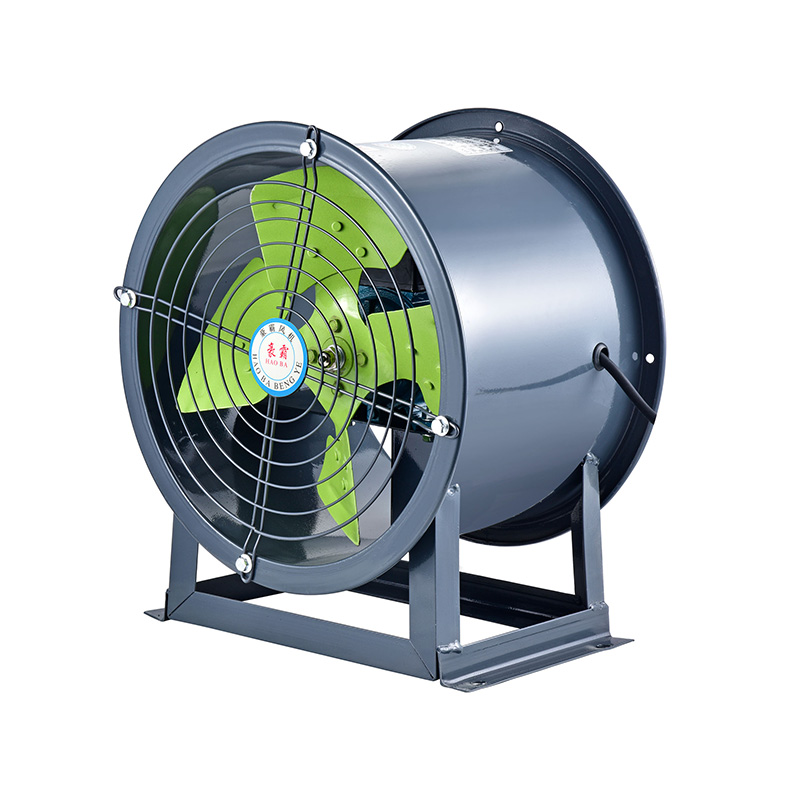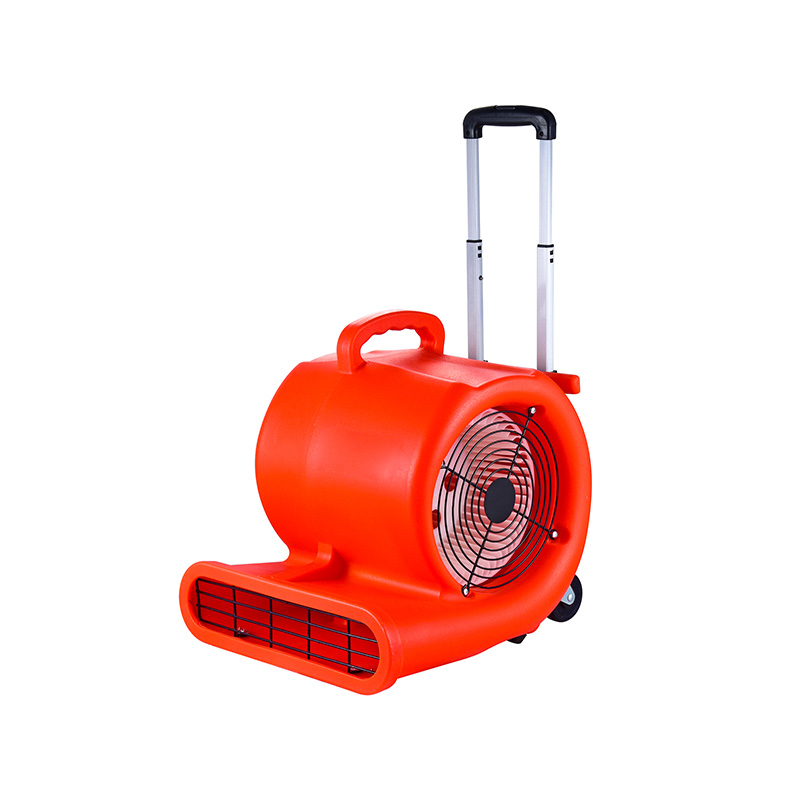Role Of Ventilation Fans In Poultry And Livestock Farms
2025-07-08
Ventilation plays a crucial role in maintaining a healthy environment within poultry and livestock farms. Proper airflow ensures that animals remain comfortable, healthy, and productive throughout different seasons. Among the many types of ventilation equipment, centrifugal blowers, roof exhaust ventilators, and flow blowers are commonly used to support the necessary air circulation in these agricultural settings.

Centrifugal blowers are often the backbone of ventilation systems in poultry and livestock houses. Their design allows them to move large volumes of air efficiently, which is essential for removing heat, moisture, and harmful gases such as ammonia. Unlike axial fans that move air parallel to the shaft, centrifugal blowers push air radially, providing higher pressure to overcome the resistance of ductwork and ventilation pathways. This characteristic makes centrifugal blowers particularly suitable for environments where air must be distributed evenly over long distances or through complex duct systems.
Roof exhaust ventilators complement centrifugal blowers by expelling stale air from the interior of farm buildings. Positioned on the rooftop, these ventilators take advantage of natural air flow dynamics and help in removing hot, humid, or contaminated air. Roof exhaust ventilators can operate passively or be powered by motors, depending on the farm’s ventilation needs. Their strategic location facilitates continuous ventilation without taking up valuable floor space, which is important in crowded farming operations. By pairing centrifugal blowers with roof exhaust ventilators, farm managers can create a balanced airflow that maintains fresh air inside the housing units.
Flow blowers also play a significant role in ventilation for poultry and livestock environments. These blowers are designed to move air smoothly and consistently, supporting both general ventilation and targeted cooling. Flow blowers help distribute air evenly across the facility, reducing hotspots and improving overall animal comfort. In some systems, flow blowers are used to supplement centrifugal blowers, especially when precise control of air volume and velocity is necessary. Their ability to handle variable airflows makes flow blowers a flexible choice for ventilation configurations that need adjustment based on seasonal changes or animal density.
The importance of ventilation in poultry and livestock farms cannot be overstated. Animals generate heat and moisture, and their metabolic processes release gases that can negatively affect air quality. Without adequate ventilation, these byproducts can accumulate, pilot to respiratory problems, stress, and even reduced growth rates. Installing centrifugal blowers helps address these issues by efficiently circulating fresh air and diluting harmful substances. Meanwhile, roof exhaust ventilators aid in the removal of this stale air, working together with centrifugal blowers to create a healthier environment.
Flow blowers contribute to maintaining the right balance of temperature and humidity by promoting steady air movement. When combined with temperature sensors and automated controls, flow blowers can adjust their speed to respond to changing conditions inside the farm buildings. This adaptability is important for maintaining animal welfare, especially during hot summer months or cold winter periods. Additionally, consistent airflow provided by flow blowers helps prevent moisture buildup on walls and floors, which reduces the risk of mold and bacterial growth.
In practical terms, selecting the appropriate ventilation equipment requires understanding the specific needs of the farm. Centrifugal blowers come in various sizes and configurations to match different building layouts and air volume requirements. Roof exhaust ventilators also vary, with options for different airflow capacities and noise levels. Flow blowers can be integrated into ventilation systems to provide additional air movement where needed or to enhance overall air distribution. By carefully combining these components, farm operators can design ventilation systems that improve air quality, animal health, and operational efficiency.
Maintenance is another key consideration in farm ventilation systems. Centrifugal blowers require periodic inspection and cleaning to ensure they operate smoothly and avoid breakdowns. Roof exhaust ventilators must be checked for obstructions such as debris or bird nests that could reduce airflow. Flow blowers should be monitored for wear on moving parts and lubrication needs. Regular upkeep not only prolongs equipment life but also ensures consistent performance, which is critical in environments where animal health depends heavily on proper ventilation.
In conclusion, centrifugal blowers, roof exhaust ventilators, and flow blowers are essential components in the ventilation systems of poultry and livestock farms. They work together to control air quality, temperature, and humidity, creating conditions that support animal welfare and productivity. Proper selection, installation, and maintenance of these fans help farm managers manage environmental challenges effectively. By investing in suitable ventilation equipment and ensuring its proper use, farms can sustain healthier livestock, reduce disease risks, and improve overall farm performance.

 English
English русский
русский عربى
عربى









